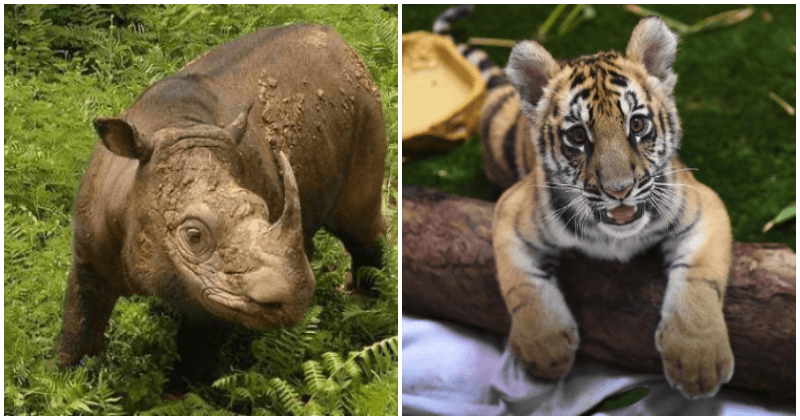When people hear the word ‘Terengganu’, the first thing that comes to mind are the turtles. But did you know that there has not been a single sighting since 2004? There was a considerably long wait for them to come back but none have, and now the famous turtles of Rantau Abang have ended up on Malaysia’s extinction list.
With the recent loss of Tam, the last living male Sumatran rhino in Malaysia, his species was added to that list as the last living female, Iman, cannot reproduce.
But they’re not alone, for there still are a few species of animals here in Malaysia who are reaching the end of the line, and they are:
The Malayan Tiger
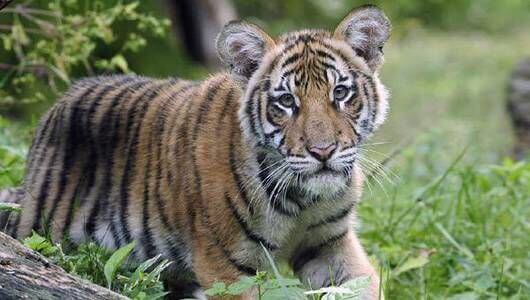
Source: MNN
Threats: Loss of habitat and poaching
Population: Less than 200 in the wild
Black Shrew
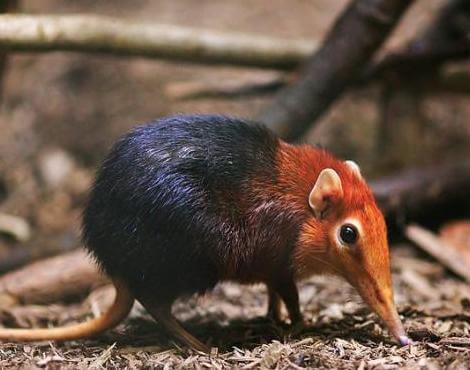
Source: A-Z Animals
Threats: Loss of habitat and restricted range
Population: Only one was recorded near Mount Kinabalu (might already be extinct)
Malayan Tapir
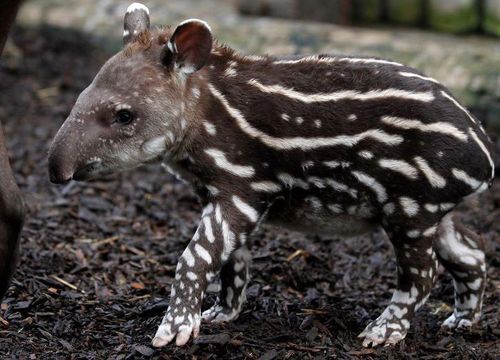
Source: ZooBorns
Threats: Loss of habitat, logging, intrusion from farmers and being the victims of roadkill
Population: Less than 1,500 in Peninsular Malaysia
Orangutan
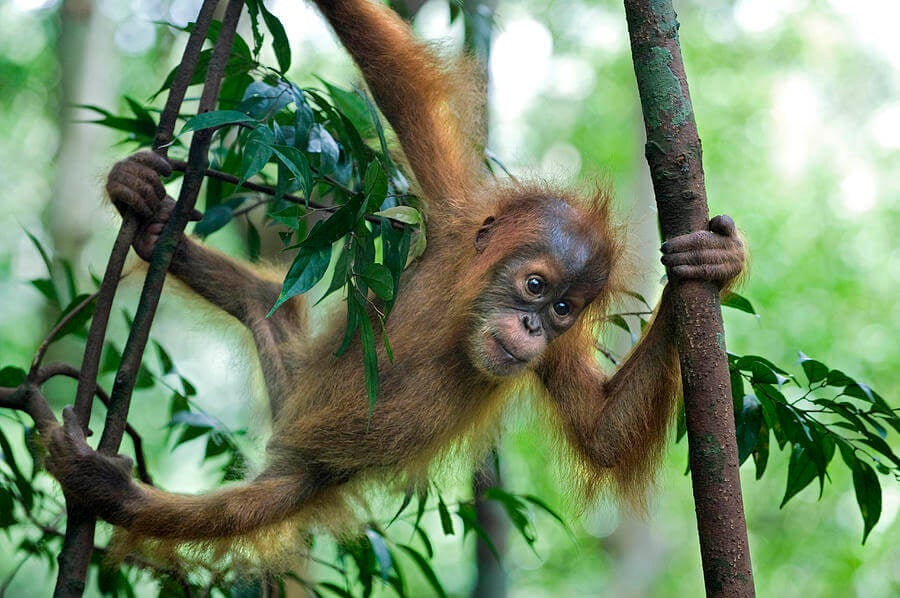
Source: Pixels
Threats: Loss of habitat and unreliable food sources after relocation
Population: 12,300 as of 2004
Borneo Pygmy Elephant
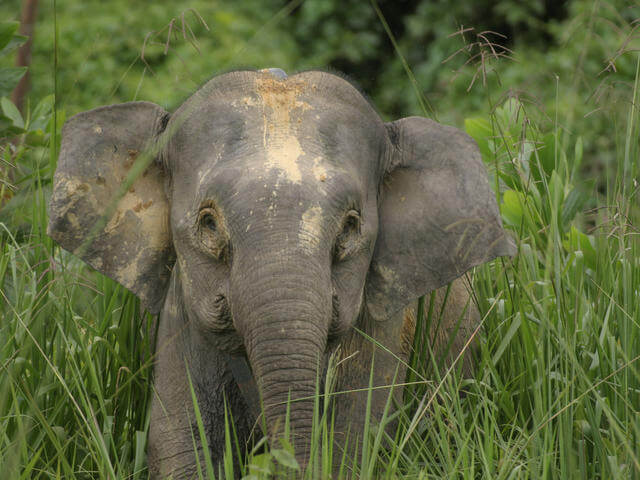
Source: World Wildlife Fund
Threats: Loss of habitat
Population: Less than 1,500
Proboscis Monkey
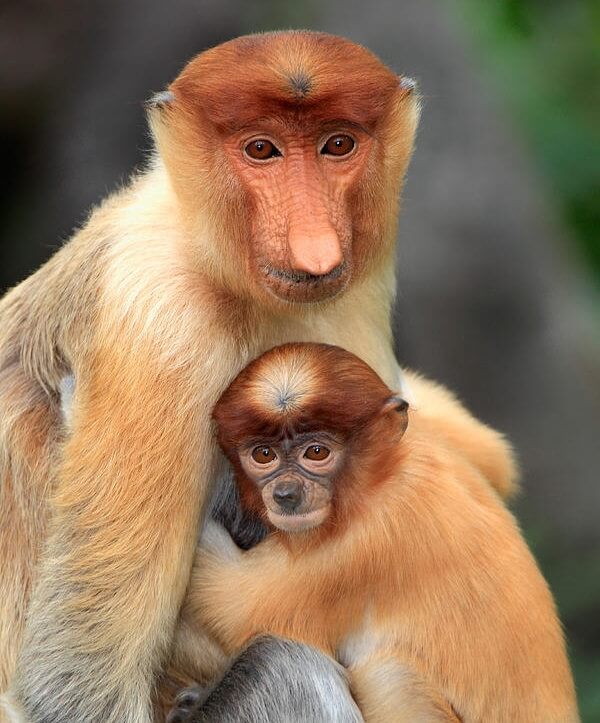
Source: Fine Art America
Threats: Loss of habitat and hunting
Population: 7,000 as of February 2019
Sunda Pangolin
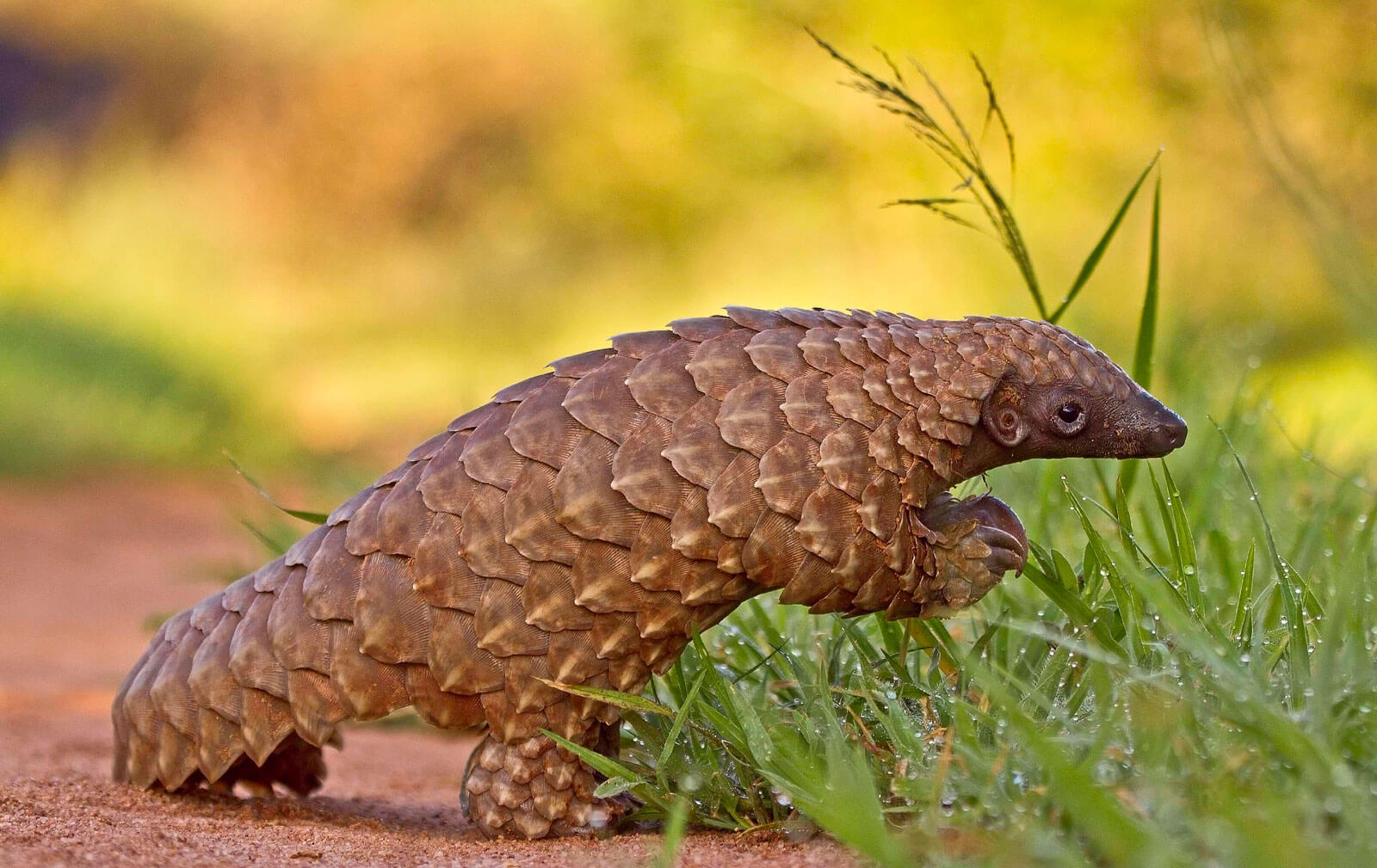
Source: Jane Goodall
Threats: Hunting
Population: Unable to estimate
In all these cases, when probed further, the blame can only be put on us humans.
Extinction rate of species are calculated based on the ‘background’ rate, which considers the fact that species go extinct at a natural rate of one to five species per year. Since the boom of the human civilization, extinction rates have shot up tenfold as reported by Biological Diversity, with dozens of species going extinct on a daily basis.

Source: Penn State University
But why should we care? Wouldn’t that mean there will be more space for our own species?
Sure, there’d be more space, but it wouldn’t exactly be the planet we know any more.
Each and every life form has its own role to play when it comes to keeping our world spinning the way it has for millennia. The loss of a single species can actually alter the biodiversity of the eco-landscape it inhabits.
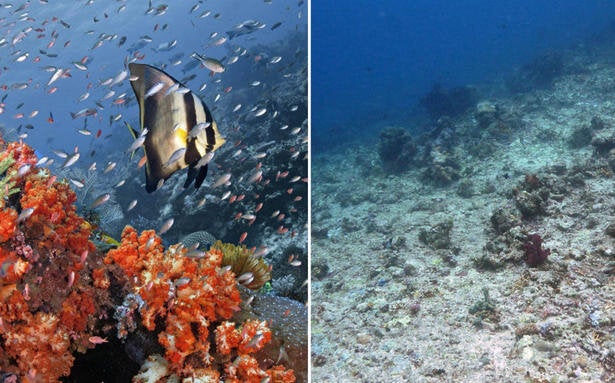
Source: Sam’s Site
For example, losing a carnivore can drive up pandemics, populations may collapse and ecosystems can shift as herbivore populations increase.
Losing a herbivore on the other hand, can cause lowered plant seed dispersal, more frequent and intense wildfires, and habitat changes for smaller animals such as fishes, birds and frogs. Not forgetting a lack of a food source for carnivores, which then will extend their hunting ranges further and closer towards villages.
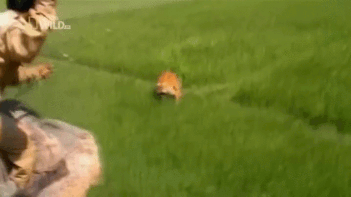
Source: Giphy
I’m pretty sure we wouldn’t want that to happen. So the least we can do is leave them (and their habitats) in peace, not just for their sake but also for our own.
Also read: Report: About 1,000 Elephants Left in M’sian Forests, Many Other Species On Verge of Extinction

